2022 | Retrospective
“It’s all about the pursuit of happiness”
“No Angels - Mae West, Rosalind Russell & Carole Lombard” is the title of the 2022 Retrospective. In this interview, section head Rainer Rother and Annika Haupts, member of the selection committee and programme coordinator, talk about how the three actors followed their path to happiness despite obstacles along the way.
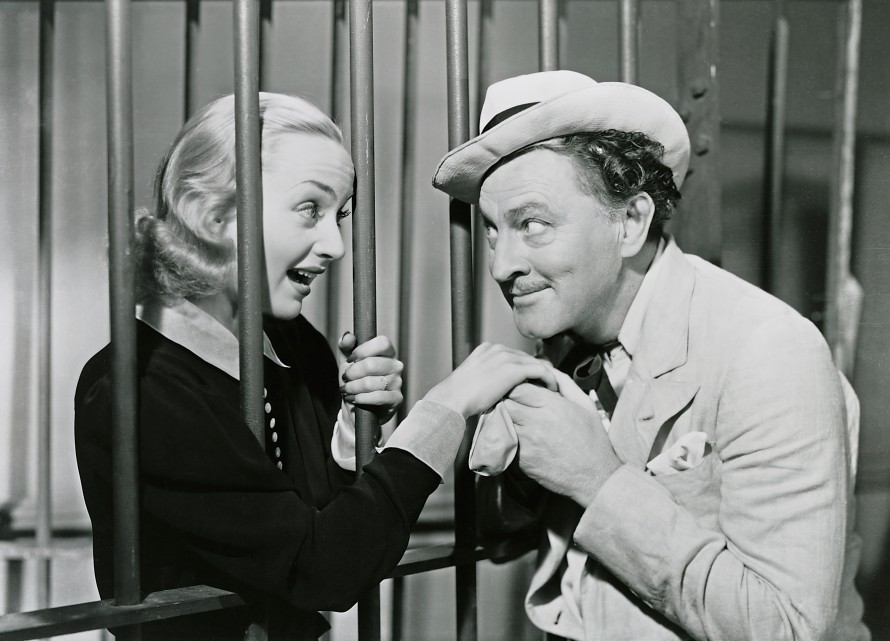
A selection of the films in the 2022 Retrospective
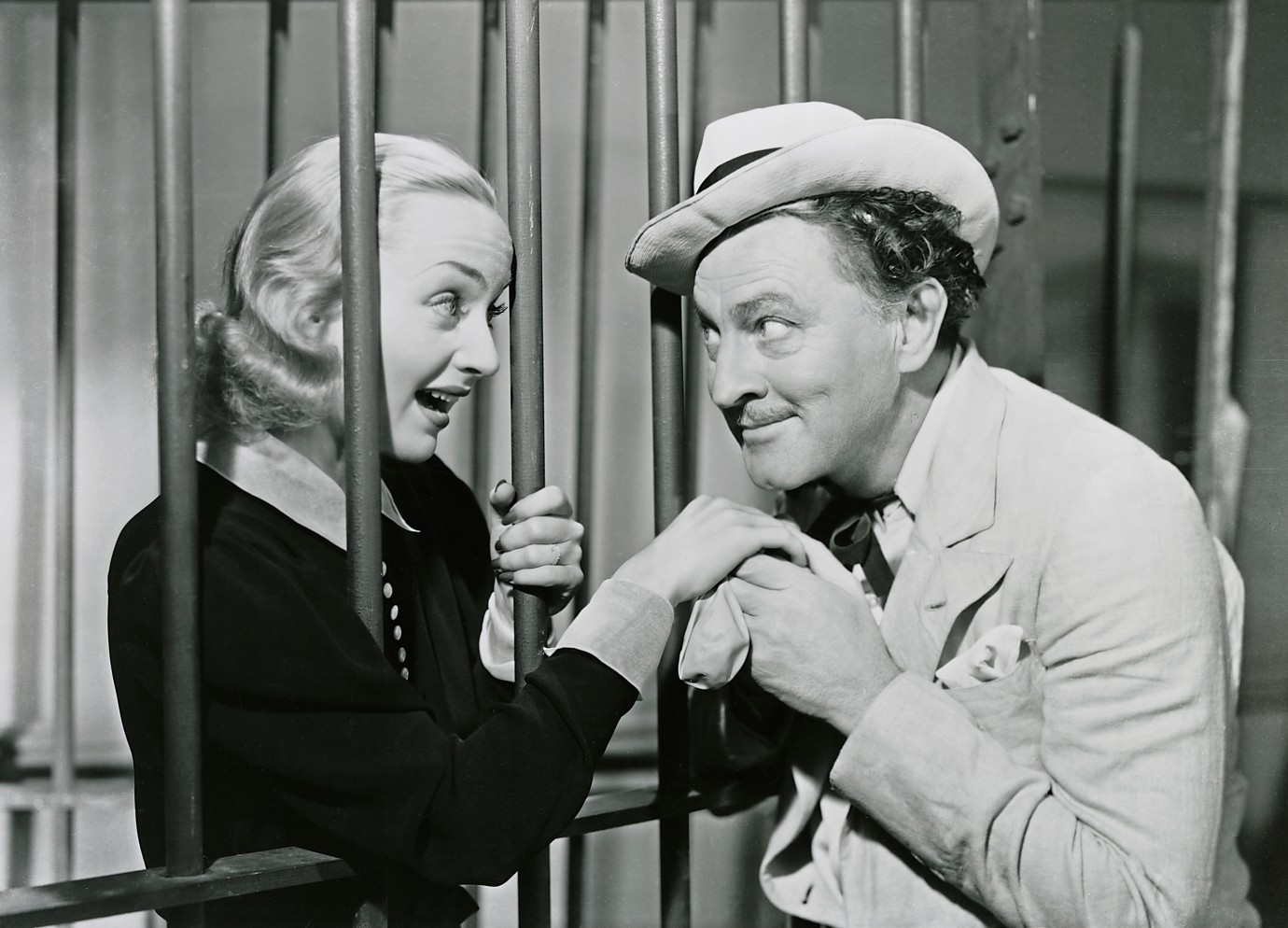
Carole Lombard, John Barrymore
True Confession by Wesley Ruggles | USA 1937 | Retrospective
Source: Deutsche Kinemathek, courtesy of Universal Studios Licensing, LLC
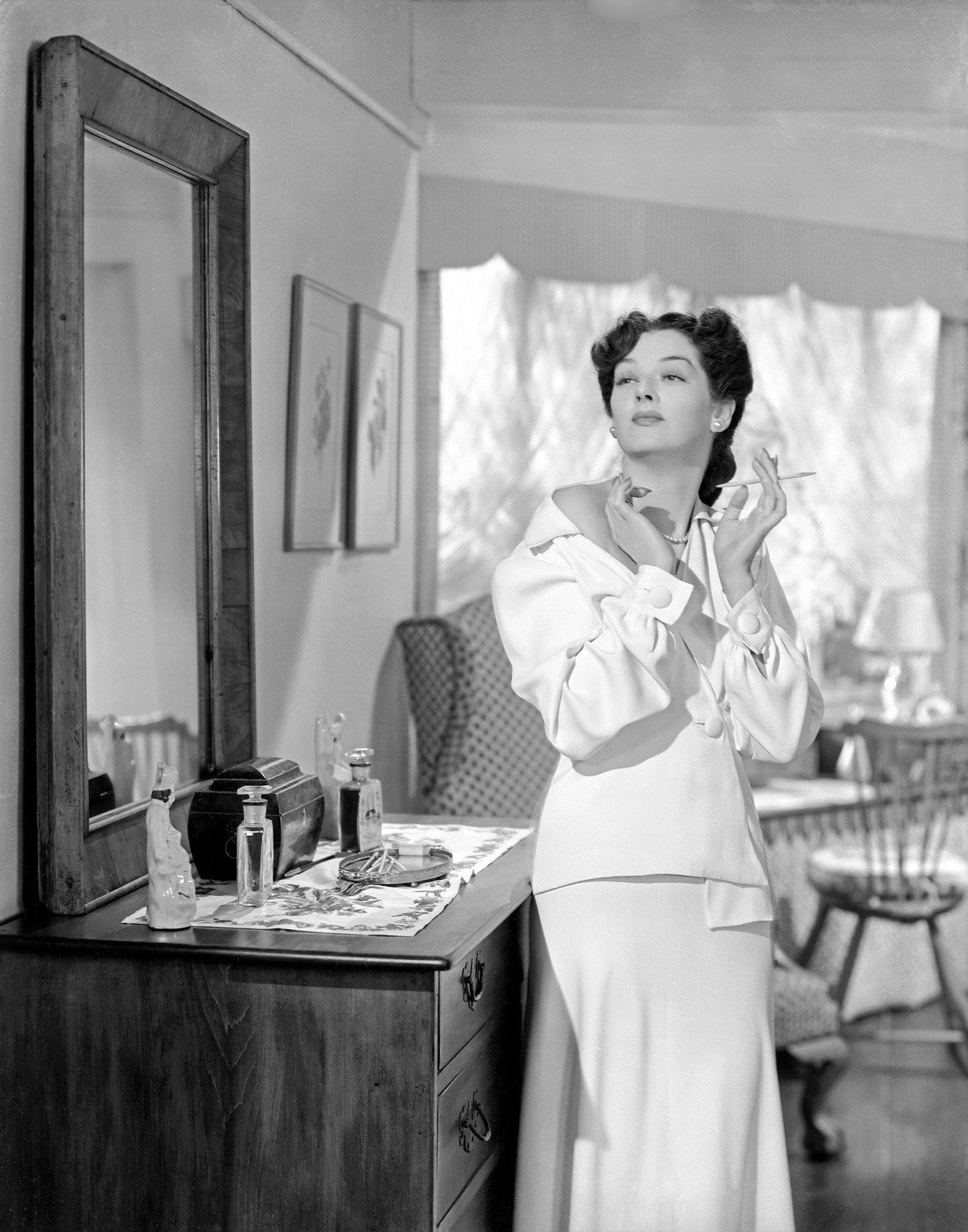
Rosalind Russell
© 1941 Turner Entertainment Co. All rights reserved.
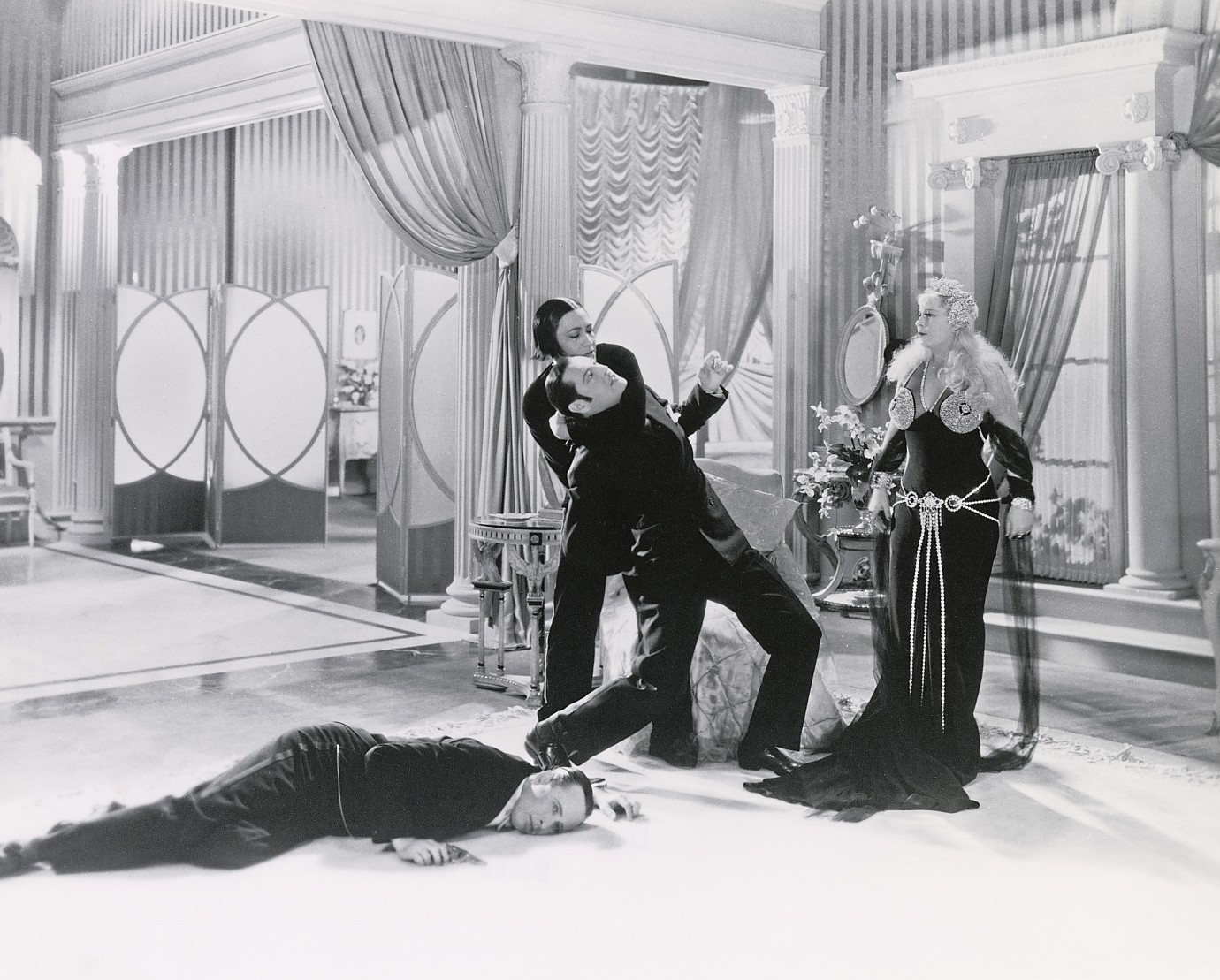
Monroe Owsley, Tito Coral, Ivan Lebedeff, Mae West
Source: Deutsche Kinemathek, courtesy of Universal Studios Licensing, LLC
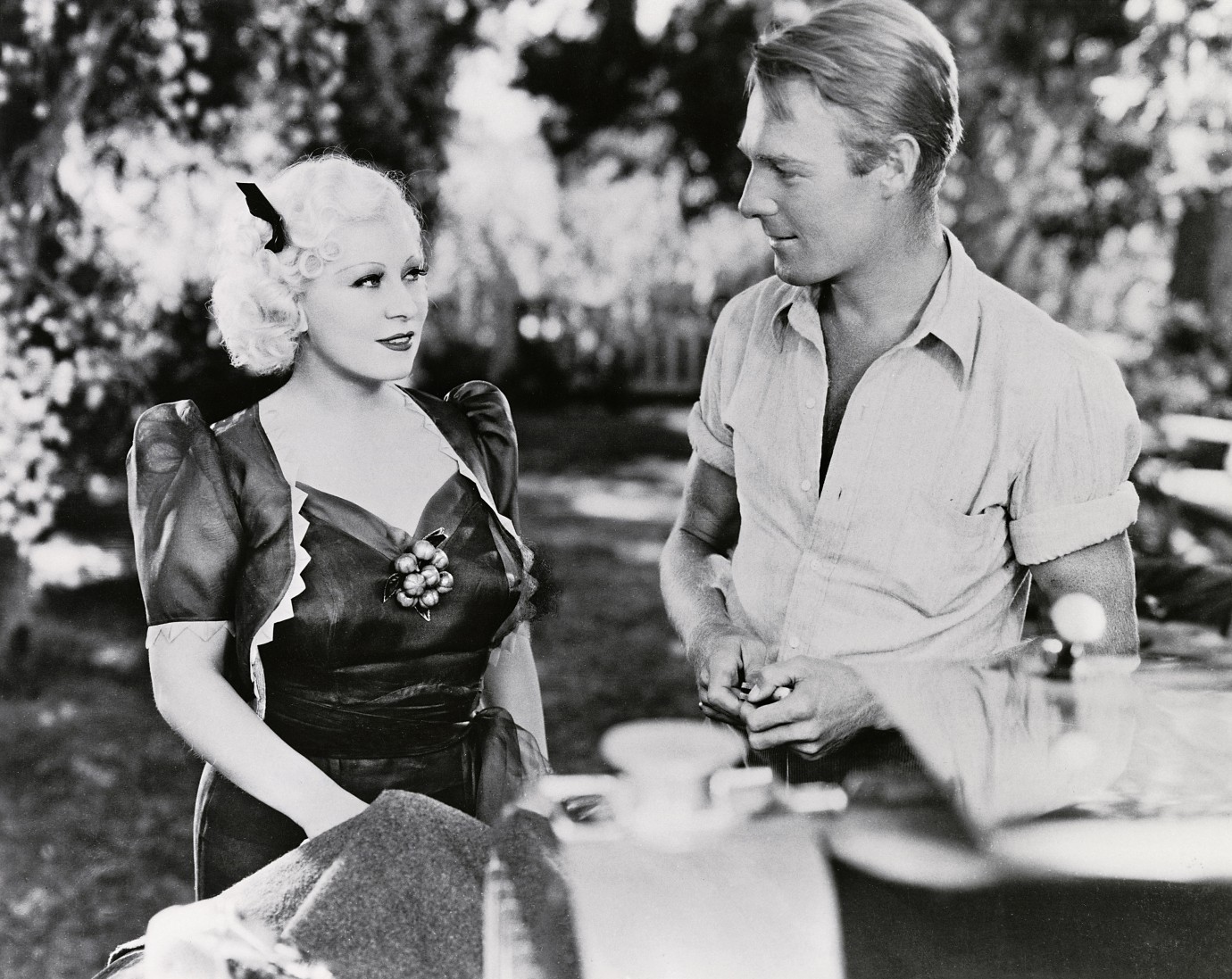
Mae West, Randolph Scott
Source: Deutsche Kinemathek, courtesy of Universal Studios Licensing, LLC
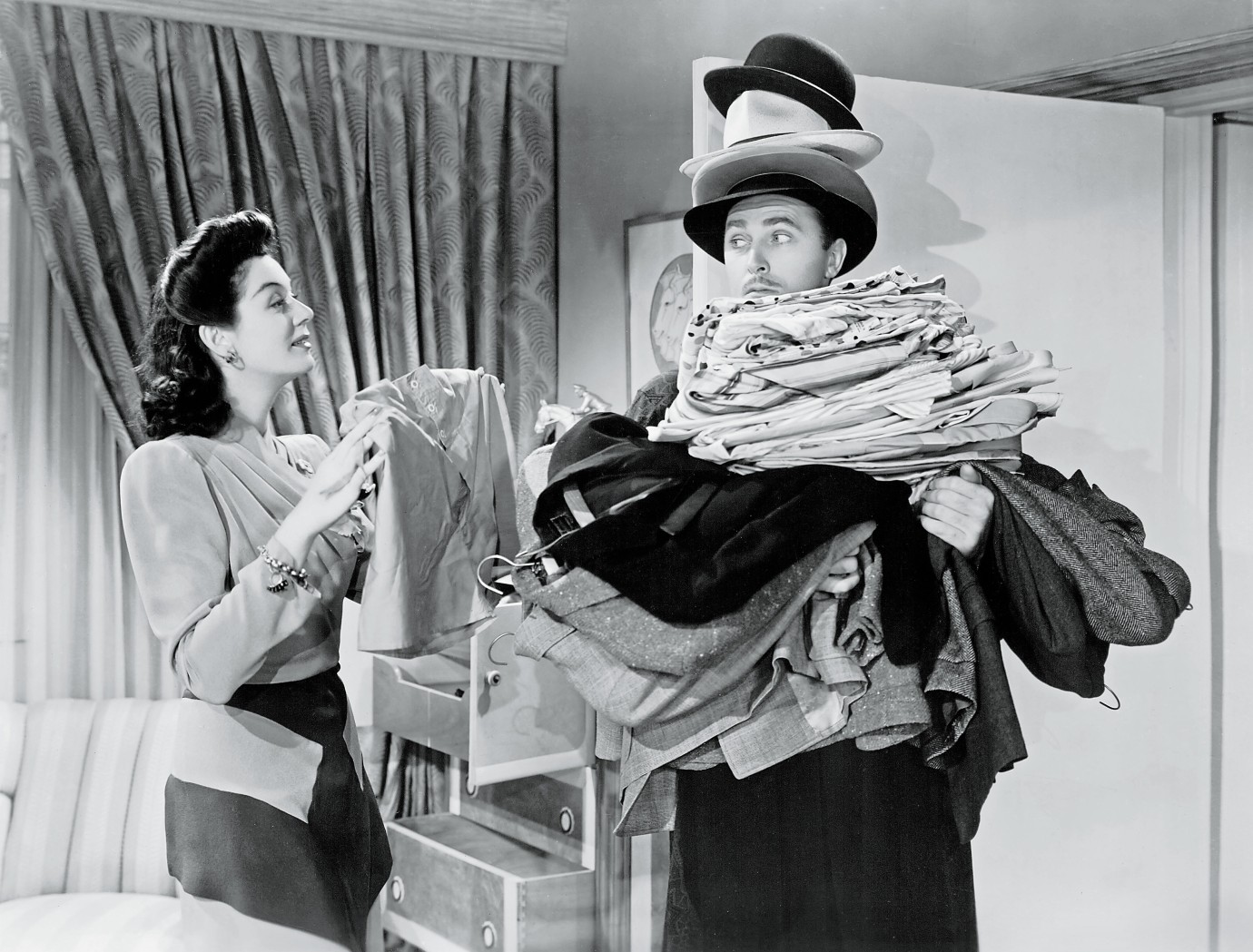
Rosalind Russell, Brian Aherne
Source: British Film Institute, courtesy of Universal Studios Licensing, LLC
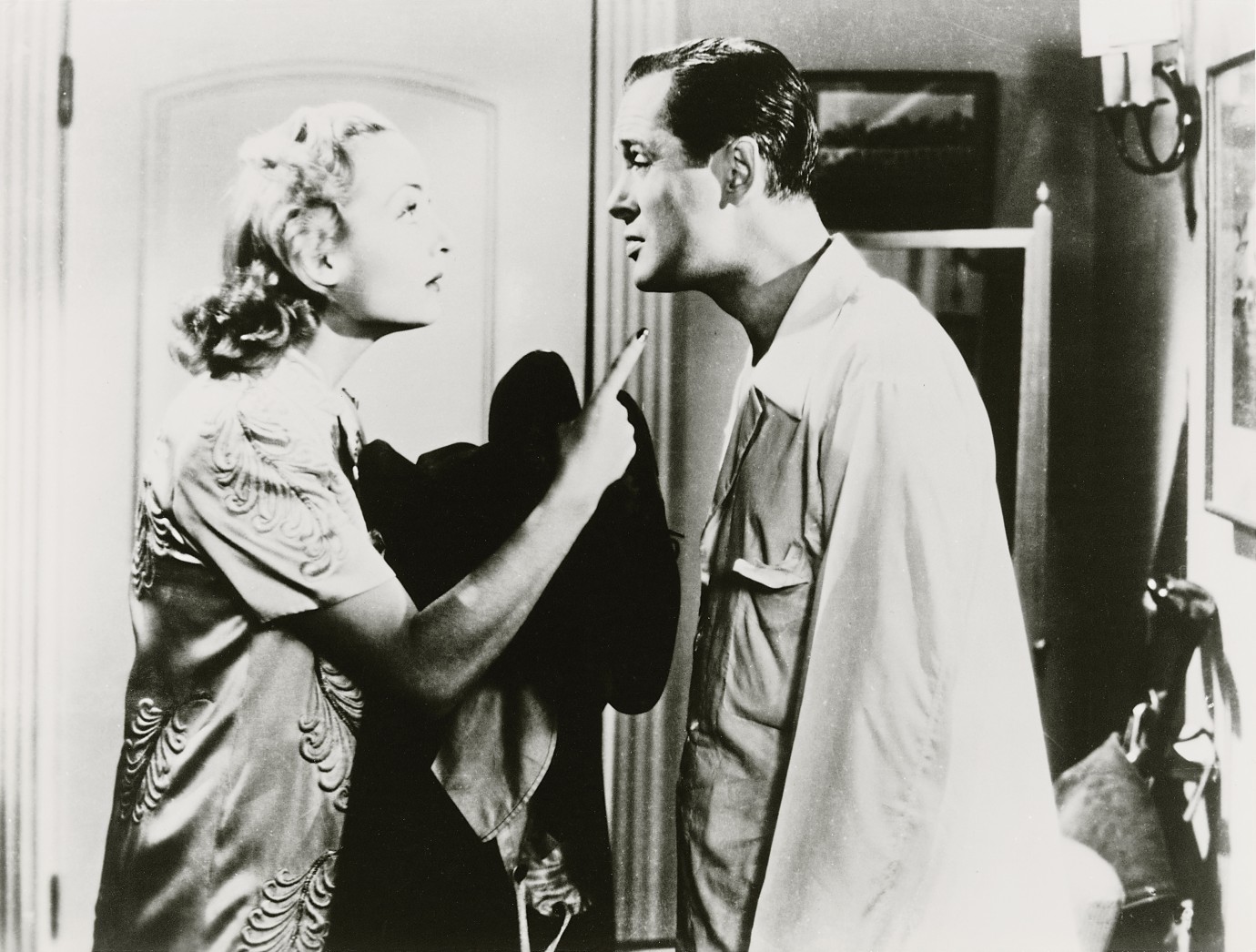
Carole Lombard, Robert Montgomery
Source: Deutsche Kinemathek

Carole Lombard, William Powell
Source: Deutsche Kinemathek, courtesy of Universal Studios Licensing, LLC
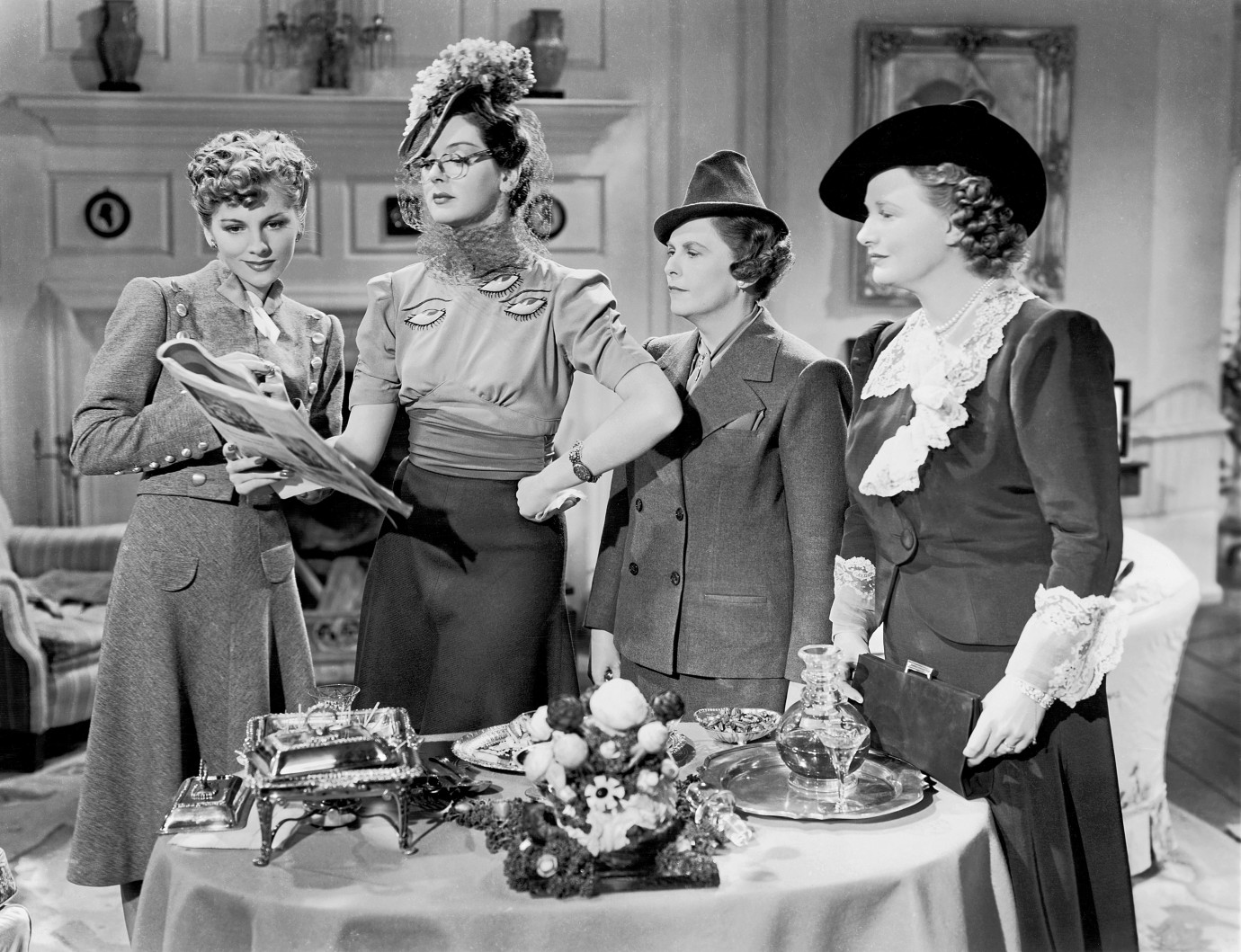
Joan Fontaine, Rosalind Russell, Florence Nash, Phyllis Povah
© 1939 Loew's Inc. All rights reserved.
The Retrospective “No Angels” focuses on three Hollywood actors, particularly their work in comedies. What motivated the selection?
We were interested in comediennes working under specific conditions, namely the restrictions of the self-censorship rules for American films, known as the Hays Code. The code essentially prohibited explicit depictions of eroticism, sexuality, and promiscuity. But we were also interested in the issue of how – given the conditions in the Hollywood studios, where women had little or no influence on the roles they played – an actor could develop a female “type” that could elude those restrictions. So we wanted to look at a specific period in Hollywood history, during which actors began to assert themselves within the studio system, while at the same time, circumventing the rules of the Hays Code.
When were the selected films produced? And how many films are in the Retrospective?
The selection includes nine films for each actor, meaning 27 films. They were made between 1932 and 1943. Chronologically, it goes from the furore created by Mae West’s first film Night After Night, and ends in 1942, when Carole Lombard died in a plane crash. That period is considered the heyday of the screwball comedy. So that date range is appropriate both in terms of the actors and in terms of film history.
Before we talk about the skills of the individual actors, what do they all have in common?
We were more interested in their individual characteristics than their similarities. There is quite simply nobody who can be compared to Mae West. Her screen persona was too much of a completely exceptional invention by a woman with a unique personality. So what we really wanted to do was bring out the variations in the way these three women asserted themselves, as actors, but also in their roles.
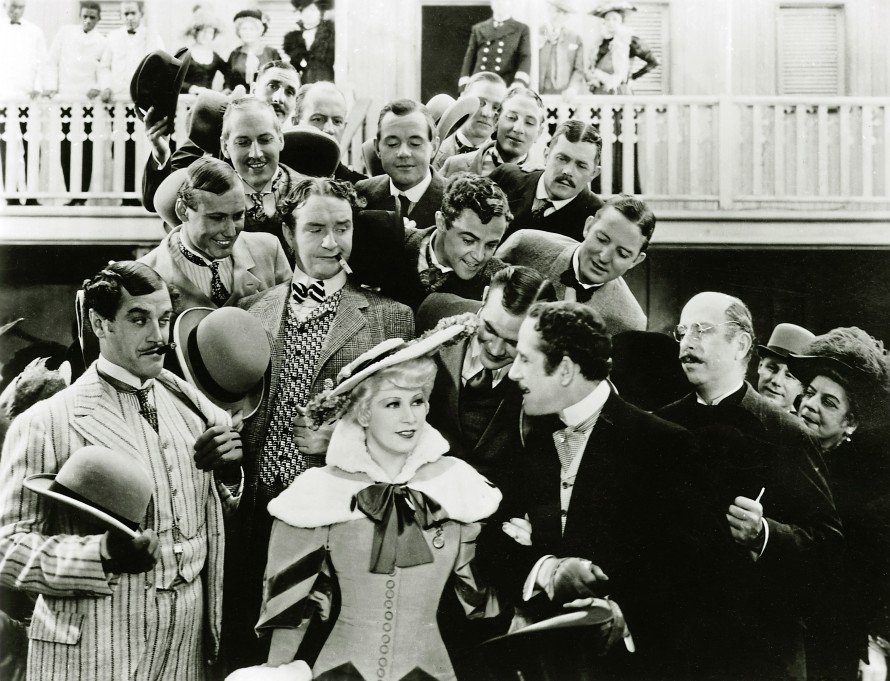
Edward Gargan, Mae West and John Miljan in Belle of the Nineties
What does that self-assertion look like for Mae West?
With Mae West it goes like this – first, I’m the centre of the film, I am always at the centre of the story, and second, I’m the one who sets the conditions for the stories. And that also means the conditions under which eroticism is dealt with in the films. That was something she took into her own hands. She is an example of an actor who empowered herself. And she could do it in Hollywood because she had already created her screen character on the stage – Diamond Lil, a character who clothed herself in keeping with the strict norms of the 1890s but did not speak or act like a 19th century lady. On the contrary, her actions, pretensions, and language are entirely contemporary. She cultivates that as a “brand” on screen, and it basically becomes the character she plays in all her films.
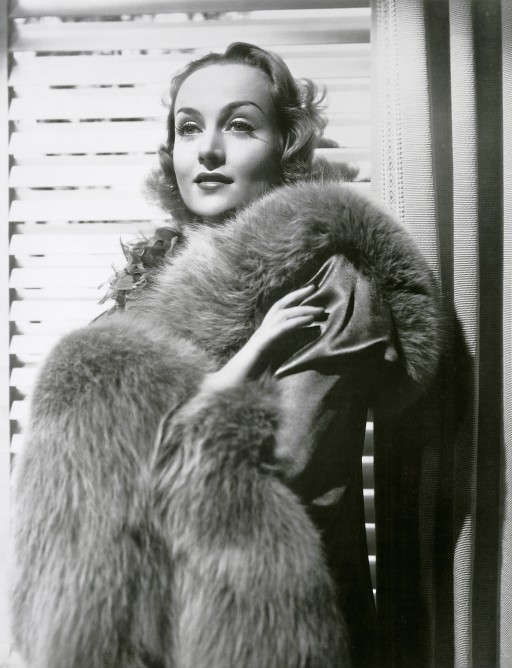
Carole Lombard in My Man Godfrey
Carole Lombard’s ascent to stardom was much less spectacular. What distinguishes her in this line-up?
What fascinated us about Carole Lombard, who always wore the label “glamorous”, is the insightfulness of her acting and the way she dealt with her image as a glamour girl. It is summed up in her legendary line from Twentieth Century (1934), when she says “I am a first class passenger entitled to privileges”. That reflects the exact image that is inherent in her roles. What interested us is what she does with that. It turns out that she uses her acting to undermine the clichés attributed to her in the stories – she doesn’t embody a role, instead she makes it transparent and therefore unmistakable.
Although Rosalind Russell triumphed as an actor in classics such as The Women (1939) and His Girl Friday, she seems less popular these days than her colleagues. What attracted you to her for this Retrospective?
Rosalind Russell is a screen type who falls somewhere in between. She embodied fictional characters who were, in some ways, very true to life, and she did it by choosing roles that can be summed up well by one of her lines in Four’s a Crowd (1938) – “I don’t wear pants, but I’m a newspaper man”. The great allure of Rosalind Russell for us was that way of asserting professionalism and competence, and at the same time womanliness, a woman who doesn’t let herself be forced into a clichéd mould. What’s also interesting about her is her down-to-earth quality, which she herself made fun of in her autobiography, writing vividly about the first time she made the cover of “Life” magazine. She set great store by not being glamourous, not sprucing herself up. So she went out and was photographed, and then it became the cover. That would be completely inconceivable with the other two actors. Of course, that’s an image too, but it was an image Rosalind Russell defined for herself.
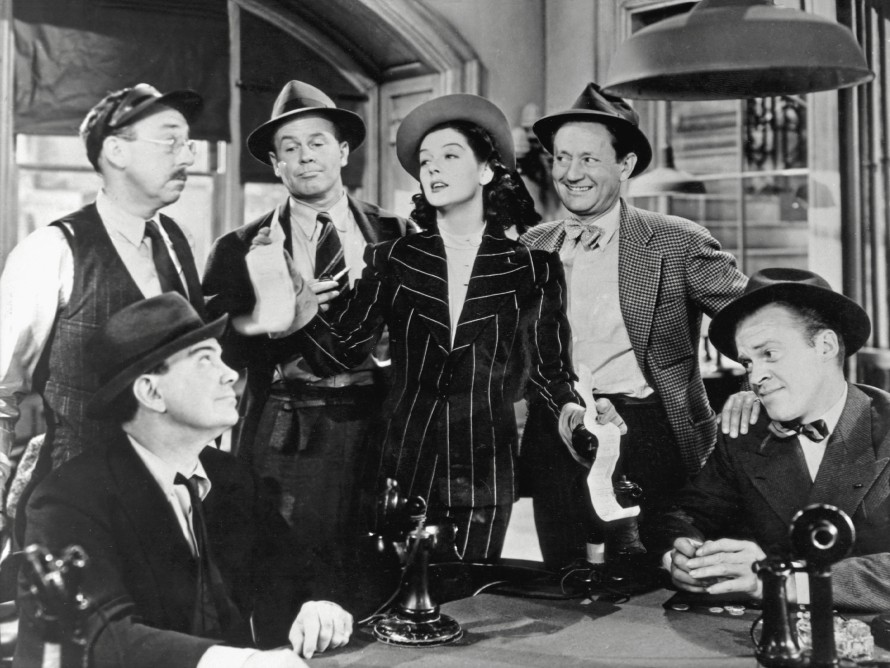
Rosalind Russell in His Girl Friday
Where and when are the films of the three actors set?
Apart from Mae West’s films, they are all contemporary to their era. And many of them are set in New York. The city is a kind of Shangri-la for Carole Lombard in several of her films. For Rosalind Russell, it’s the place where she works, and New York in the Gay Nineties is frequently the backdrop in Mae West’s films. For Rosalind Russell’s characters, New York was important as a place where they could have a career – a modern metropolis where women could work. This is best represented in My Sister Eileen (1942). Her character and the sister start out in a small town and their father is vehemently opposed to the two moving to New York. They take up residence in a wonderfully awful basement apartment, under the city as it were, and from there set out to make their way as a journalist and an actor respectively. And, of course, as a bonus, New York offers the chance of finding the right and possibly even, coincidentally, rich man.
How would you sum up the screen fashion of Carole Lombard and Rosalind Russell?
The three actors represent three totally different styles. Mae West is often draped in diamonds, and typical of the overdressed style of the belle époque, with shawl collars, big hats, and gloves. Rosalind Russell usually wears some kind of business suit, looking particularly beautiful at the beginning of Hired Wife (1940), when she is on the way to work in New York and bumps into her acquaintance José, who gives her a ride to the office. Meanwhile, Carole Lombard tends to wear flowing, lustrous, loose-fitting dresses. So we see that the three define their characters not only by their actions in the story, but also by their appearance onscreen. Carole Lombard was considered, by the way, one of the best-dressed stars of her era.
Mae West is certainly the most flamboyant of the three. What special role does she play in the history of “female Hollywood”?
She was one of the first – a pioneer in that sense – who had complete control over her own films, from the first idea to the screenplay. One has to wonder how much influence the director actually had on set. Especially considering that she also had a strong hand in marketing her films and achieved extraordinary success at the box office. That is more proof of the special role she played in the Hollywood of the time. Film historians now consider her an auteur of her own films. That is something that can’t be said about either Carole Lombard or Rosalind Russell.
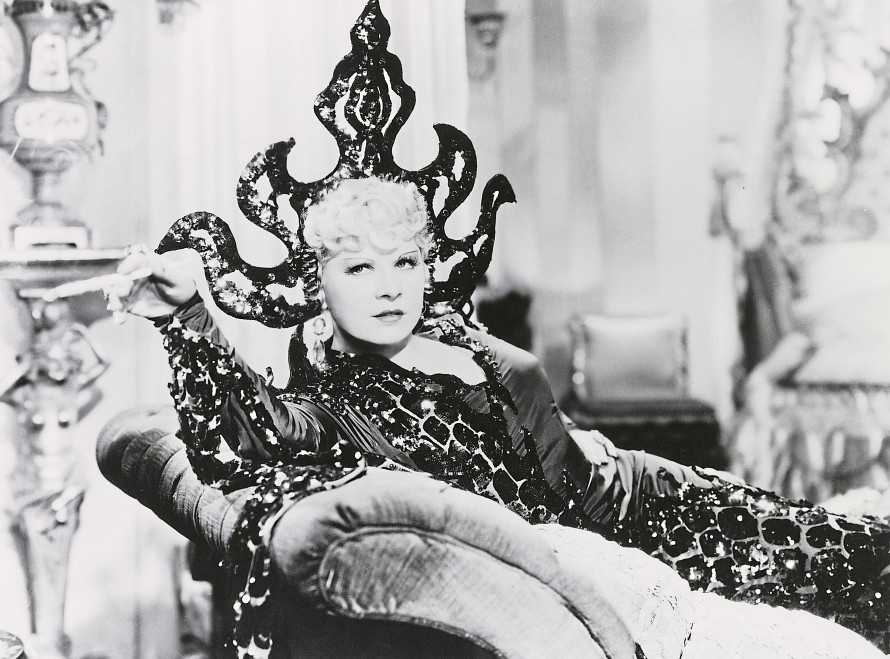
Mae West in Klondike Annie
Beginning in 1930, many of the studios voluntarily agreed to the stipulations of what came to be known as the Hays Code, governing the “moral standards” of film content, which later evolved into an official censorship agency. What was the effect of that on the movies made by these three actors?
With Mae West, one could almost interpret the production code as a challenge. According to her own account, she provoked the censors on a basic level by writing things into her screenplays that she knew would be struck out. She did it as a way of keeping the censors occupied so that other elements that were more important to her would slip through unnoticed. Mae West is even thought to have claimed that the Hays Code was only implemented because of her. She clearly had an inventive bent when it came to dealing with the all-male Hays Office. She had previously spent several days in jail due to the content of one of her Broadway plays. Although she could have paid a fine to get off, she considered the jail sentence a great bit of publicity. All three actors possessed that self-determination in their public images, but it is extremely prominent in Mae West’s dealing with the Hays Office. And you can, in turn, see that by how heavily her films were censored. In Klondike Annie (1936), the film of West’s that suffered most from the censor’s cuts, the production was prohibited even from showing a Bible onscreen.
So Carole Lombard and Rosalind Russell didn’t want to or couldn’t engage that offensively with the censors?
One effect of the Hays Code is that what could not be said or shown directly had to be said or depicted indirectly. The Hays Code forced filmmakers to sublimate – to (be) sublime, one might even say. That left its mark on a certain generation of screenwriters, who were forced to work through insinuation. The obvious was not allowed, but that didn’t mean it couldn’t be portrayed in a non-obvious way. That is a very good description of many screwball comedies. Which is why Carole Lombard is so good in them. But then she made a visionary decision. Just as she achieved maximum success with My Man Godfrey (1936), and was nominated for the Best Actress Oscar, she decided to go freelance. With that move, she embarked on a path taken by a few actors of the era, but one that was very risky. Any actor who was no longer under contract to a studio, who had freed themselves from that dependence, could look around and see what other projects were available in order to develop their career. Rosalind Russell, who had been somewhat typecast as a businesswoman, also moved around, not working permanently for a single studio. And she sought out projects she could identify with.
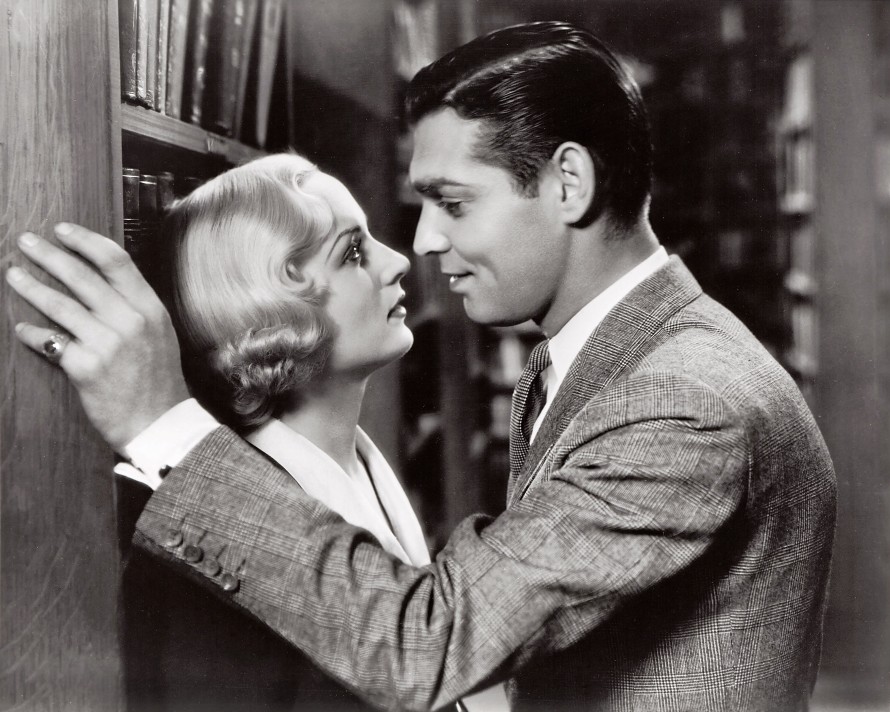
Carole Lombard and Clark Gable in No Man of Her Own
Given the dominance of the women in this series of films, do the men fade into the background? Are there any famous male actors in the films?
For sure, there are some very well-known stars in the films; some of them are even in more than one. First, let’s remember that Mae West claimed to have discovered Cary Grant as a leading man; he played opposite her in She Done Him Wrong and I’m No Angel, both in 1933. John Barrymore also appeared in two of the Retrospective films. In Twentieth Century in 1934, he played opposite Carole Lombard, who saw to it that, despite his increasing reputation as an unreliable drunk, he was also cast in her 1937 film True Confession. That is further proof that the actors had an influence on who was cast as the male lead. Fred MacMurray also appears in two of the films – Hands Across the Table (1935, with Carole Lombard) and Take a Letter, Darling (1942, with Rosalind Russell). Although he is remembered today primarily as a film noir actor, he also had a great talent for comedy. Actors like Clark Gable (in No Man of Her Own, 1932, with Carole Lombard), Errol Flynn (in Four’s a Crowd, 1938, with Rosalind Russell), William Powell (in My Man Godfrey, 1936, with Carole Lombard) were considered among the top ranks in Hollywood, as was, at the time, Brian Aherne, who played opposite Rosalind Russell in three films and worked well with her – he can be seen in Hired Wife (1940), My Sister Eileen (1942), and What a Woman! (1943).
What about famous directors? Are there unknowns who turn out to be overlooked masters?
There are some old Hollywood studio hands, like Michael Curtiz and William A. Wellman, who proved themselves in every genre. Then there are a lot who could be classified as “auteurs” – Europeans Ernst Lubitsch and Alfred Hitchcock, alongside Americans such as George Cukor, Raoul Walsh, and Howard Hawks. One discovery is Alexander Hall, who began as a film editor, including for She Done Him Wrong (1933, with Mae West), and directed three of the films in the Retrospective – Goin’ to Town (1935, with Mae West), This Thing Called Love (1941, with Rosalind Russell) and My Sister Eileen (1942, with Rosalind Russell). We also have directors who specialised in comedy, like Mitchell Leisen, whose directorial debut Take a Letter, Darling (1942, with Rosalind Russell) is part of the series, and Wesley Ruggles, represented here with two Carole Lombard films, No Man of Her Own (1932) and True Confession (1937). A big surprise for us was Gregory La Cava, who shows in My Man Godfrey (1936, with Carole Lombard), one of our very favourite films, the great directorial skill needed in dealing with such delicate, but also madcap material – it’s really very well done, the ease with which La Cava handles the big ensemble. Then there’s the work of Howard Hawks, who is surrounded in Twentieth Century (1934) by a band of actors celebrating their zeal for overacting. Striking the right balance in order to achieve the desired comedic effect is really the work of the directors.
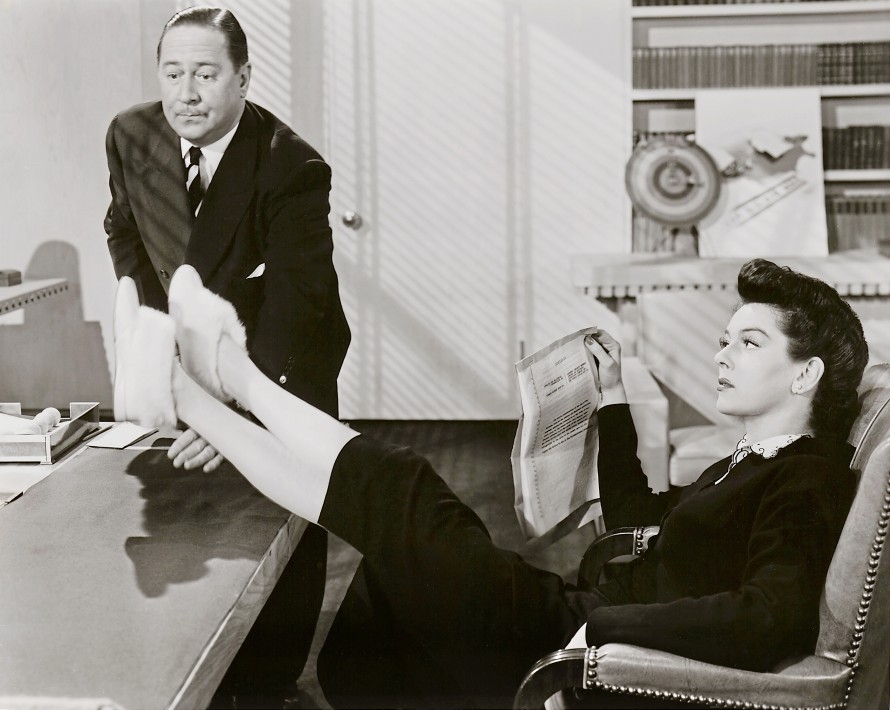
Robert Benchley and Rosalind Russell in Take a Letter, Darling
Among the screenwriters, the name of Ben Hecht stands out. He wrote the screenplays for three of the Retrospective films – Howard Hawks’ Twentieth Century (1934) and His Girl Friday (1940), as well as Nothing Sacred (1937), a particularly irreverent and overwrought screwball comedy.
Ben Hecht is a writer, especially when he worked with Howard Hawks, who broke decisive new ground, and a film like Nothing Sacred was definitely a big risk. Telling a story like that – about the press cannibalising a “doomed woman” who is actually in perfect health, and then hoping that audiences will actually still have sympathy for the loving couple, who ultimately abscond to South America – that has to be written pretty damn well. Ben Hecht is, let’s say, something like the cynic among the comedy writers. But the issue of how far you can go onscreen is not limited to Ben Hecht.
Some aspects of the “image of women” will seem not quite up-to-date to us today. How topical are the selected films these days?
We have to realise, of course, that it’s necessary to keep a certain historical distance from the films, and not to judge them by today’s standards of wokeness. The question we find more fascinating is the context in which the films worked back then, and what they offered audiences, what kind of expectations they fulfilled for audiences, and how they emboldened audiences to entertain certain questions or interpretations. It can certainly be noted that all three actors responded to gender issues in ways that can also be adopted by a modern-day audience. While sexuality, especially female sexuality, was always a motif in Mae West films, the women Rosalind Russell played often faced the dilemma of combining career and love, or career and marriage. Those issues persist unabated today. And even today, of course, there are young women who, like Carole Lombard in her films, dream of moving from the hinterlands to the big city (New York) in order to seek self-fulfilment. Those are all universal subjects. It is about the pursuit of happiness in every possible variation. And those variations are still wonderfully expressed by Mae West, Carole Lombard, and Rosalind Russell in their films.